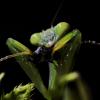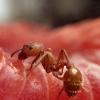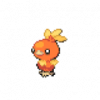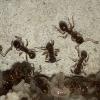Hi guys, I'm back with another question.
I just received my zoo med 15 watt reptile heating cable, and it heats up quite a bit (wrapping it around a thermometer got me 85 F, about 10 F above ambient).
Things it's attached to heat up pretty quick, so I'm wondering how I would be able to keep it from damage my table and things I may tape it to.
Also, are there any hazards to these nonadjustable heating cables? should I unplug them while I'm away to reduce a chance of electrical fires or anything?
Thx for advice.
Edited by Derek451, March 25 2019 - 7:20 PM.

























